$2,700.00 – $8,000.00
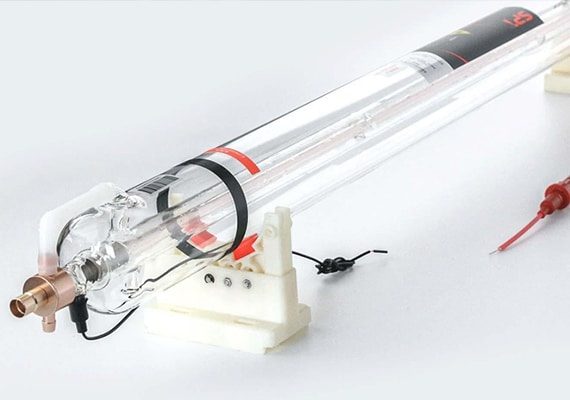
The machine is equipped with a powerful CO2 laser tube, which can provide precise and efficient cutting and engraving performance on various materials, including acrylic, wood, leather, fabric, glass, and so on. A high-powered laser tube ensures clean, precise cuts and smooth edges, while also enabling detailed engraving, making it suitable for intricate designs and industrial applications.
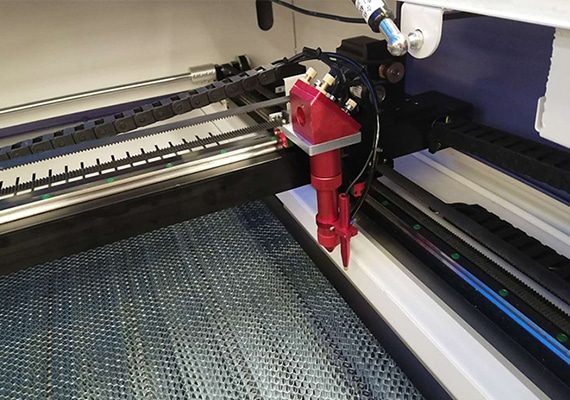
The high-precision CO2 laser head is selected, and it has a red dot positioning function to ensure that the laser beam is precisely aligned with the focusing optics and the nozzle. An accurate laser beam contributes to consistent and uniform cutting results. Additionally, the CO2 laser head is equipped with height control, which ensures consistent focus and compensates for any variations in material thickness or uneven surfaces.
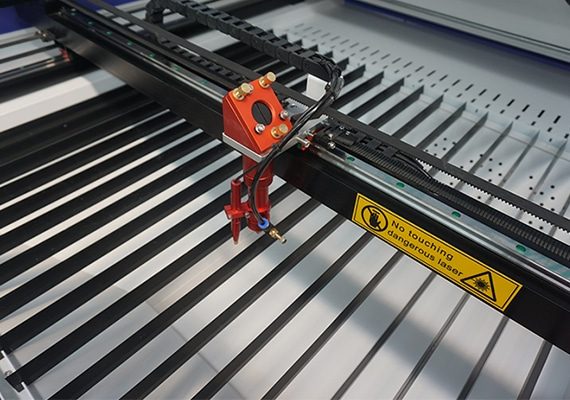
The machine is equipped with an advanced motion system to ensure smooth and accurate movement of the laser head during cutting and engraving. This precise motion control enables clean, sharp cuts while also enabling detailed and intricate engraving on a variety of materials.
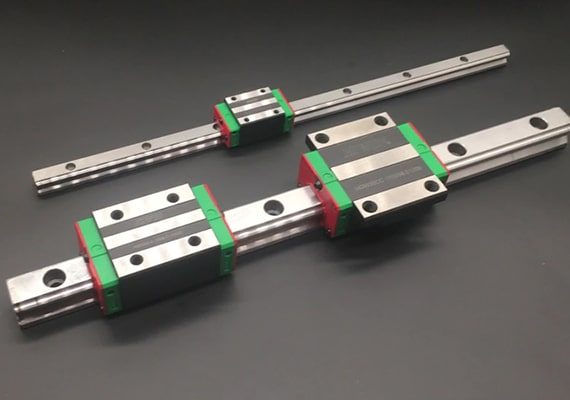
The machine is equipped with a Taiwan HIWIN guide rail with excellent precision. HIWIN is manufactured to tight tolerances, ensuring smooth and stable linear motion. This level of precision contributes to accurate and consistent laser cutting, especially when working with intricate designs and fine details. In addition, HIWIN rails are designed to minimize friction, resulting in smooth and quiet movement.
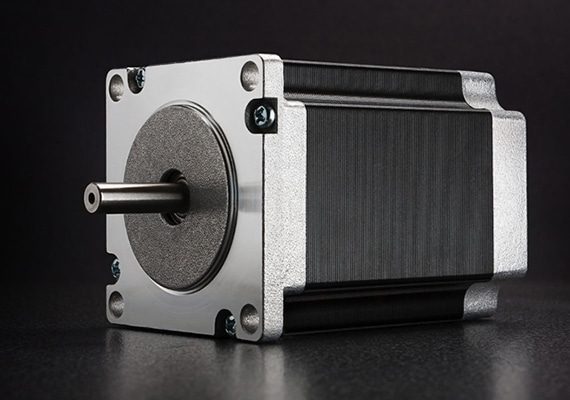
The machine adopts a stepper motor with strong power and reliable performance to ensure the normal operation of the machine. Not only are stepper motors cost-effective, but they also provide precise control of moving parts, ensuring high-quality laser cutting and stable positioning of optical components for reliable, efficient operation.
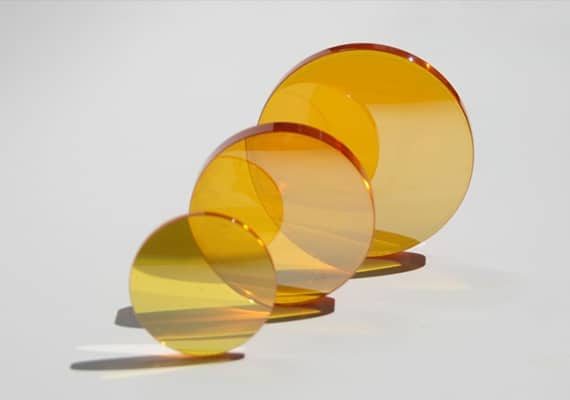
The machine is equipped with high-quality optics capable of producing a narrower, more stable laser beam, ensuring precise cutting paths and cleaner edges even on complex designs and delicate materials. In addition, high-quality optics help reduce beam divergence and losses, thereby improving energy efficiency.
| Model | AKJ-6040 | AKJ-6090 | AKJ-1390 | AKJ-1610 | AKJ-1810 | AKJ-1325 | AKJ-1530 |
|---|---|---|---|---|---|---|---|
| Working Area | 600*400mm | 600*900mm | 1300*900mm | 1600*1000mm | 1800*1000mm | 1300*2500mm | 1500*3000mm |
| Laser Type | CO2 Laser | ||||||
| Laser Power | 80-300W | ||||||
| Power Supply | 220V/50HZ, 110V/60HZ | ||||||
| Cutting Speed | 0-20000mm/min | ||||||
| Engraving Speed | 0-40000mm/min | ||||||
| Min Line Width | ≤0.15mm | ||||||
| Position Accuracy | 0.01mm | ||||||
| Repetition Accuracy | 0.02mm | ||||||
| Cooling System | Water Cooling | ||||||
| Laser Power | Cutting Speed | 3mm | 5mm | 10mm | 15mm |
|---|---|---|---|---|---|
| 25W | Max Cutting Speed | 4mm/s | / | / | / |
| Optimal Cutting Speed | / | / | / | / | |
| 40W | Max Cutting Speed | 10mm/s | 5mm/s | / | / |
| Optimal Cutting Speed | 8mm/s | / | / | / | |
| 60W | Max Cutting Speed | 15mm/s | 10mm/s | 4mm/s | / |
| Optimal Cutting Speed | 12mm/s | 8mm/s | / | / | |
| 80W | Max Cutting Speed | 20mm/s | 15mm/s | 8mm/s | / |
| Optimal Cutting Speed | 18mm/s | 10mm/s | 6mm/s | / | |
| 100W | Max Cutting Speed | 25mm/s | 20mm/s | 12mm/s | 8mm/s |
| Optimal Cutting Speed | 22mm/s | 18mm/s | 10mm/s | 5mm/s | |
| 130W | Max Cutting Speed | 30mm/s | 25mm/s | 15mm/s | 11mm/s |
| Optimal Cutting Speed | 28mm/s | 22mm/s | 13mm/s | 8mm/s | |
| 150W | Max Cutting Speed | 35mm/s | 30mm/s | 20mm/s | 15mm/s |
| Optimal Cutting Speed | 33mm/s | 30mm/s | 20mm/s | 15mm/s | |
| 180W | Max Cutting Speed | 40mm/s | 35mm/s | 25mm/s | 18mm/s |
| Optimal Cutting Speed | 37mm/s | 32mm/s | 20mm/s | 15mm/s | |
| 200W | Max Cutting Speed | 50mm/s | 45mm/s | 35mm/s | 25mm/s |
| Optimal Cutting Speed | 48mm/s | 42mm/s | 30mm/s | 22mm/s |
| Features | Laser Cutting | CNC Routing | Band Saw Cutting | Table Saw Cutting |
|---|---|---|---|---|
| Precision | High | High | Moderate to High | High |
| Versatility | High | High | Moderate | High |
| Cutting Speed | Fast | Moderate | Moderate | Fast |
| Intricate Shapes | Yes | Yes | Limited | No |
| Straight Cuts | Yes | Yes | Limited | Yes |
| Curved Cuts | Yes | Yes | Yes | Limited |
| Material Waste | Low | Low | Moderate | Moderate to High |
| Safety Precautions | Required | Required | Required | Required |
| Equipment Cost | High | Moderate to High | Moderate | Moderate to High |
| Setup and Calibration | Complex | Moderate | Moderate | Moderate |
| Noise Level | Low to Moderate | Moderate | Moderate to High | High |
| Edge Quality | Clean | Clean | Moderate to Good | Good |
| Heat Generation | Minimal | Moderate | Moderate to High | High |
| Accessibility to Beginners | Moderate to Difficult | Moderate | Moderate | Moderate |
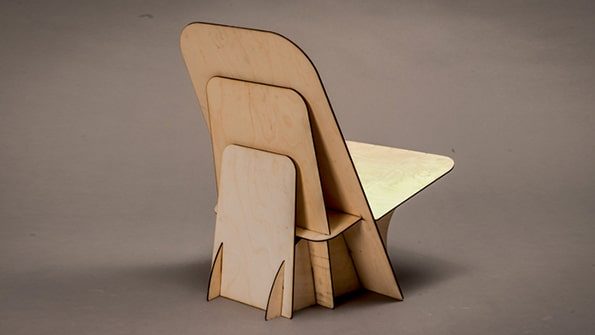
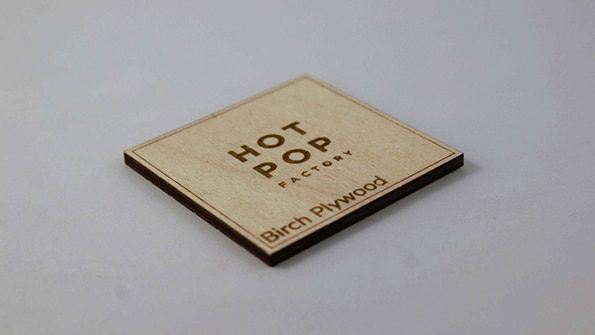
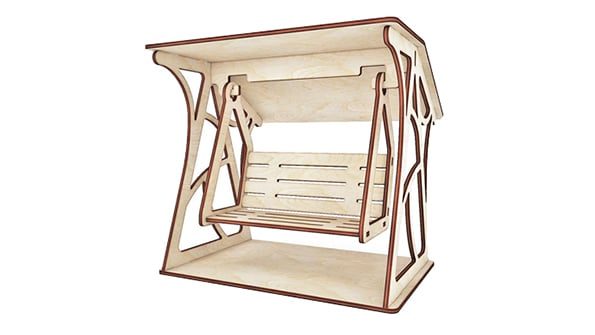
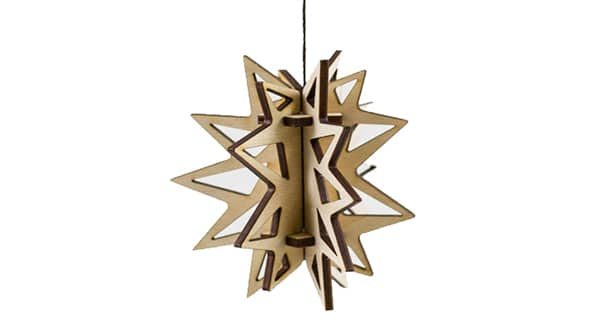
Plywood is an engineered wood product that is typically made from thin layers of wood veneers or “plies.” These thin layers, known as veneers or plies, are glued together with each layer’s grain direction oriented perpendicular to the adjacent layers. This cross-grain construction gives plywood its strength, stability, and resistance to warping.
Plywood is valued for its strength-to-weight ratio, durability, and resistance to cracking. It is widely used in building sheathing, subflooring, roofing, and siding. In furniture and cabinetry, plywood is often used for its stability and ability to provide a smooth, consistent surface. Its versatility and availability in a variety of grades and sizes make it a popular choice for residential and commercial applications.
Yes, plywood can be effectively laser-cut. Laser cutting is a highly precise and efficient cutting method that can cut a variety of materials, including wood and plywood. Laser cutting machines use a high-power laser beam focused through a lens, which generates intense heat when it contacts the material surface. The wood in the plywood absorbs the laser energy, causing the material to heat up and vaporize or burn away. The laser beam moves along a pre-programmed path to cut or engrave materials.
When laser cutting plywood, you need to consider the type and quality of the plywood as well as the laser settings to get the results you need. Different wood species and plywood grades may respond differently to laser cutting.
Overall, laser cutting is a popular choice for plywood processing because of its precision, versatility, and ability to create complex designs and custom shapes with minimal material waste.
The cost of a plywood laser cutting machine can vary greatly depending on a variety of factors, including the machine’s power, size, features, brand, and where you purchase it. Here are the general price ranges for laser cutting machines suitable for cutting plywood:
The initial cost of a plywood laser-cutting machine is only part of the investment. You may also need to budget for additional costs, including ventilation and exhaust systems, laser safety equipment, maintenance, and replacement parts.
The exact price of a plywood laser cutting machine in these ranges will depend on factors such as machine brand, build quality, cutting area, laser tube type, and additional features. When purchasing a plywood laser cutting machine, it is important to consider your specific needs, including the thickness of the material you plan to cut, the size of your project, and any unique requirements. Additionally, a reputable manufacturer or distributor may offer a warranty and customer support, which may affect the overall value of the machine.
While laser cutting is a versatile and precise method of cutting plywood, it does come with some drawbacks and caveats. The following are the disadvantages of laser cutting plywood:
Despite these shortcomings, laser cutting remains a valuable and widely used technology for plywood and a variety of other materials due to its precision, versatility, and ability to produce complex and custom designs. Careful consideration of the specific requirements of the project can help mitigate some of these disadvantages and make laser cutting an effective solution.
Laser cutting can be used to cut various types of plywood, but the success of the cutting process and the quality of the results may depend on the specific type of plywood and its characteristics. Here are some common plywood types that can be laser cut:
While these types of plywood can generally be laser cut, the specific settings, laser power, and cutting speed may need to be adjusted based on the type of plywood and its thickness. Also, consider the type of adhesive used in the plywood, as some adhesives may emit toxic fumes when exposed to laser light.
Before laser cutting any type of plywood, it is recommended to make a test cut and fine-tune the settings to achieve the desired results. Also, make sure the plywood is clean and free of contaminants to prevent unnecessary residue buildup on the laser lens or cutting bed.
Laser-cutting plywood is safe if proper precautions and safety measures are taken. However, as with any industrial process involving high-power lasers, there are potential risks that need to be managed. Here are some key safety considerations when laser cutting plywood:
By following these safety guidelines and conducting a thorough risk assessment of your laser cutting setup, you can help ensure a safe working environment when using laser technology to cut plywood or other materials. In any laser-cutting operation, safety must be a priority to protect the operator and equipment.
Ensuring accurate cuts when laser cutting plywood involves several key steps:
By following these steps, you can ensure accurate cuts when laser-cutting plywood for your projects.
Several factors can affect the speed of laser cutting plywood:
By considering these factors and adjusting the cutting parameters accordingly, you can optimize the speed of laser cutting plywood while maintaining quality and accuracy.
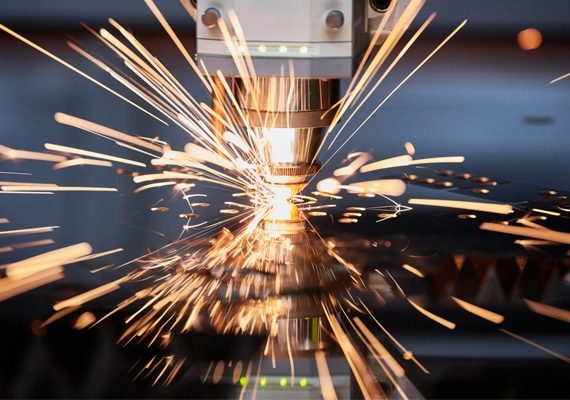
With years of experience in laser cutting technology, we have honed our expertise to provide cutting-edge solutions tailored to your unique needs. Our team of skilled engineers and technicians has the in-depth knowledge to ensure you get the perfect laser-cutting machine for your specific application.
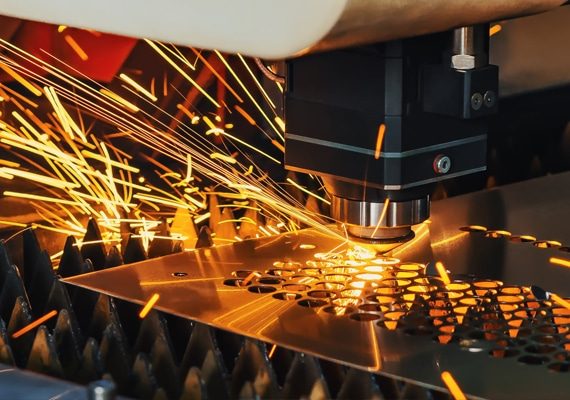
At AccTek Laser, we build strong relationships with our clients. Our dedicated support team provides prompt assistance and after-sales service to keep your laser-cutting machine running at its best for years to come. Your satisfaction is our top priority and we will help you every step of the way.
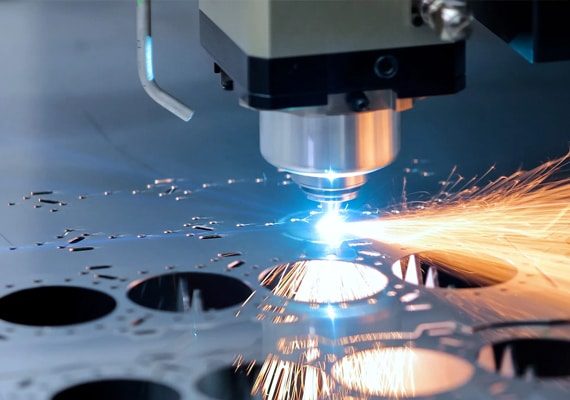
Quality is the cornerstone of our manufacturing process. Every laser-cutting machine is rigorously tested and adheres to strict quality control standards, ensuring that the product you receive meets the highest industry benchmarks. Our dedication to quality ensures you get a machine that performs consistently and delivers perfect cuts every time.
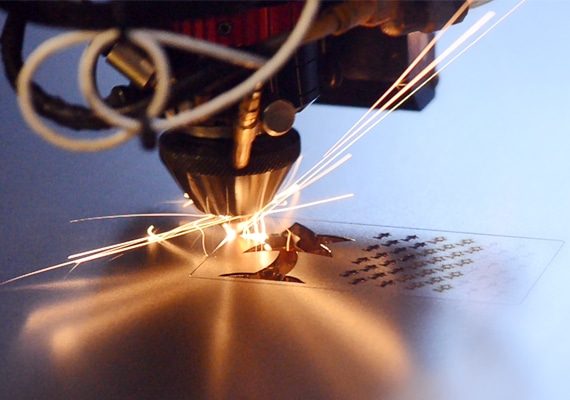
We understand the importance of cost efficiency in today’s competitive landscape. Our laser-cutting machines can provide excellent value for your investment, minimizing downtime and reducing operating costs while maximizing productivity and efficiency.
4 reviews for Plywood Laser Cutting Machine
Adin –
High-quality craftsmanship with our CO2 laser cutter. It’s reliable, and versatile, and enhances the overall efficiency of our operations.
Pavel –
Dependable workhorse in our workshop. The CO2 laser cutter consistently delivers accurate cuts, ensuring the highest standards of quality.
Nari –
Streamlined production process with our laser cutting machine. It’s intuitive, efficient, and contributes to our business’s success.
Amina –
Reliable performance from our laser machine. Its precision and speed contribute to the seamless execution of our projects.